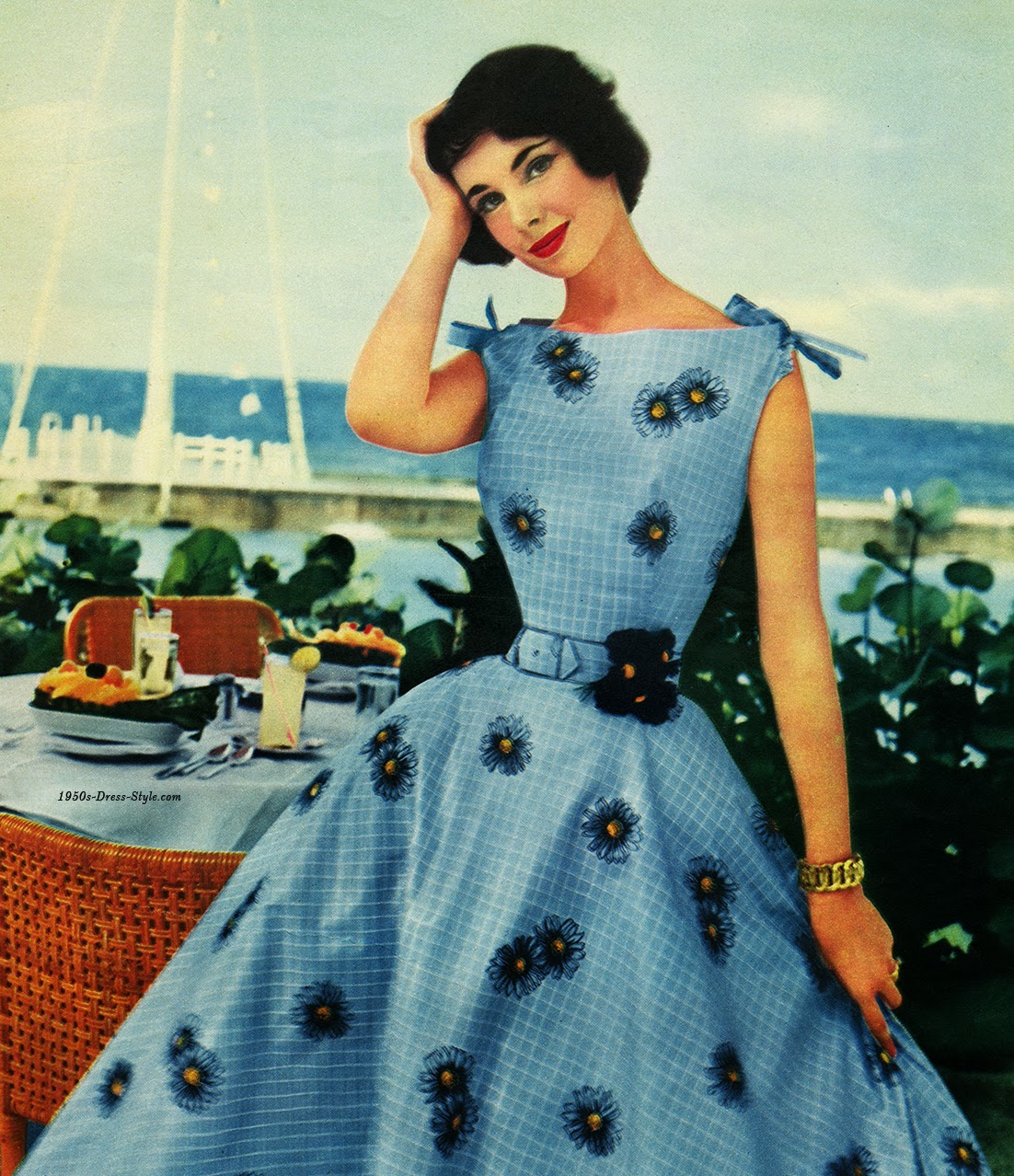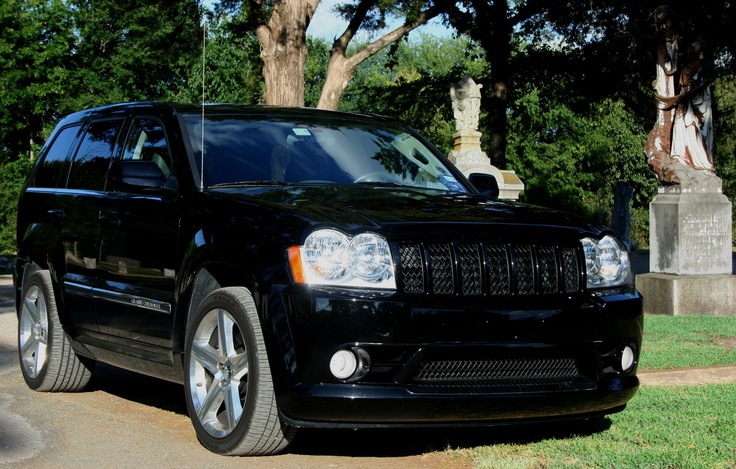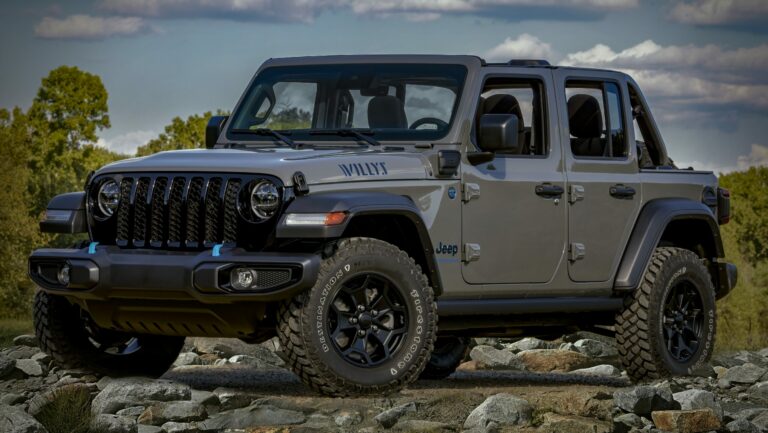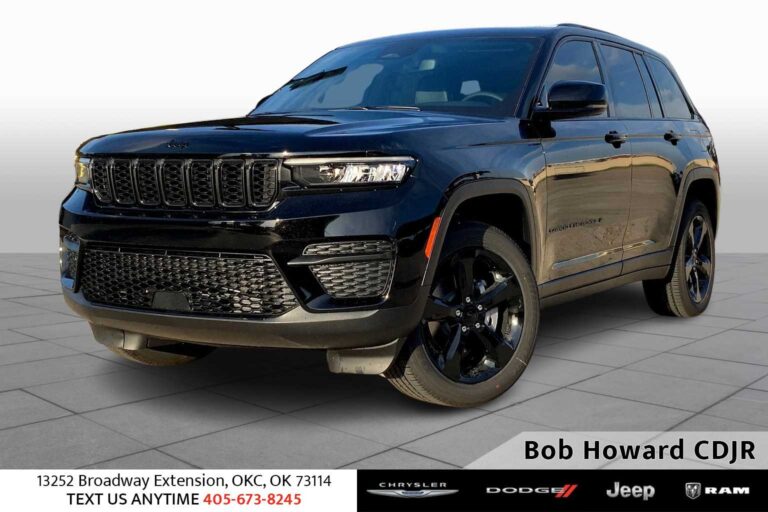1950 Jeep Willys Truck For Sale: A Timeless Icon on Wheels
1950 Jeep Willys Truck For Sale: A Timeless Icon on Wheels /jeeps.truckstrend.com
In the annals of automotive history, few vehicles command the enduring respect and affection quite like the Willys-Overland vehicles. Among them, the 1950 Jeep Willys Truck stands out as a quintessential symbol of American ruggedness, utility, and post-war ingenuity. More than just a means of transport, owning a 1950 Jeep Willys Truck today is an investment in a piece of living history, a tangible connection to an era defined by hard work and robust machinery. For enthusiasts, collectors, or simply those seeking a unique vehicle with unparalleled character, finding a 1950 Jeep Willys Truck for sale represents an exciting opportunity to acquire an automotive legend. This comprehensive guide will delve into everything you need to know about these iconic trucks, from their historical significance to practical advice on purchasing and owning one.
Historical Context: The Legacy of Willys-Overland
1950 Jeep Willys Truck For Sale: A Timeless Icon on Wheels
The story of the Willys Truck is inextricably linked to the legendary Willys MB "Jeep" of World War II. Following the war, Willys-Overland recognized the immense potential for a civilian version of their highly successful military vehicle. This led to the introduction of the Civilian Jeep (CJ) series, but the company didn’t stop there. Leveraging the same robust chassis and drivetrain, Willys-Overland introduced a line of pickup trucks and station wagons in the late 1940s.
The 1950 Willys Truck was part of this pioneering lineup, designed to meet the needs of farmers, small businesses, and adventurers alike. It embodied the "Go-Anywhere, Do-Anything" ethos that had made the military Jeep so famous. Built for durability and simplicity, these trucks quickly gained a reputation for their ability to tackle challenging terrain and haul significant loads, often outlasting more conventional vehicles of their time. The 1950 model year saw continued refinements, solidifying its place as a reliable and versatile workhorse that also possessed an undeniable charm.
Key Features and Specifications of the 1950 Willys Truck
The appeal of the 1950 Willys Truck lies in its straightforward, no-nonsense design and mechanical robustness. Understanding its core specifications is crucial for any prospective owner:
- Engine: The primary engine offered in 1950 was the venerable L-134 "Go-Devil" flathead four-cylinder. This engine, famous for its reliability and torque, produced around 60 horsepower. While not a powerhouse by modern standards, its low-end grunt was perfectly suited for off-road work and hauling. Later models might have been retrofitted with the F-134 "Hurricane" overhead-valve engine, but the Go-Devil is characteristic of the 1950s.
- Transmission: Typically, these trucks were equipped with a Borg-Warner T-90 three-speed manual transmission, known for its strength and simplicity.
- Transfer Case: Power was routed through a Dana 18 two-speed transfer case, offering both high and low ranges, crucial for its 4×4 capabilities.
- Axles: The 1950 Willys Truck featured Dana 25 front and Dana 44 rear axles, providing excellent durability and articulation for rough terrain.
- Chassis: A heavy-duty ladder frame provided a solid foundation, designed to withstand the rigors of farm work and off-road excursions.
- Payload Capacity: Depending on the specific configuration, these trucks could typically handle a payload of around 1,000 to 1,500 pounds, making them genuinely useful for their era.
- Styling: Distinctive features include the iconic seven-slot grille (though slightly different from the CJ’s), separate fenders, a minimalist interior, and a sturdy bed. Its compact footprint and high ground clearance were also notable.


These specifications highlight a vehicle built for purpose, designed to be repaired with basic tools, and engineered for longevity.
Why Buy a 1950 Jeep Willys Truck Today?
The reasons for acquiring a 1950 Willys Truck extend far beyond mere transportation. It’s a statement, a passion, and often, a journey:
- Classic Appeal & Collector’s Item: These trucks are automotive legends. Their distinctive looks and historical significance make them highly desirable among classic vehicle enthusiasts and collectors.
- Nostalgia & Heritage: For many, it evokes a sense of simpler times, a connection to post-war America and the spirit of innovation.
- Off-Road Capability: Despite its age, a well-maintained Willys Truck retains impressive off-road prowess, capable of tackling light to moderate trails with ease, often surprising modern 4x4s with its agility and robustness.
- Mechanical Simplicity: The straightforward mechanical design means that many repairs and maintenance tasks can be performed by an owner with basic mechanical knowledge, without relying on complex computer diagnostics.
- Potential for Appreciation: Well-preserved or expertly restored examples of these trucks have shown a steady increase in value, making them a potentially sound investment.
- Unique Presence: You won’t see many 1950 Willys Trucks on the road today. Owning one guarantees attention and sparks conversations wherever you go, whether at a car show or just running errands.

Important Considerations When Buying
Purchasing a classic vehicle like a 1950 Willys Truck requires careful consideration to ensure you make a wise investment and avoid unforeseen headaches:
- Condition is Paramount:
- Rust: This is the primary enemy. Inspect the frame, floorboards, bed, cab corners, and fender wells thoroughly. Extensive rust can mean costly and time-consuming repairs.
- Mechanical Health: Evaluate the engine (smoke, strange noises, leaks), transmission (grinding, slipping), transfer case, axles, brakes, and steering. A pre-purchase inspection by a qualified mechanic familiar with vintage vehicles is highly recommended.
- Electrical System: Original 6-volt systems can be finicky. Check wiring for brittleness or previous poor repairs. Some trucks may have been converted to 12-volt, which is a practical upgrade for modern accessories.
- Body & Interior: Look for signs of bondo, poor paint jobs, or significant body damage. The interior should be functional, though comfort was not a priority in 1950.
- Originality vs. Restoration/Modification: Decide if you want an all-original, numbers-matching vehicle for purist collecting, or if a restored, customized (restomod) truck with modern upgrades (e.g., engine swap, power steering, disc brakes) is more your style. Originality generally commands a higher price among collectors.
- Documentation: A clear title is non-negotiable. Service records, restoration receipts, and a detailed ownership history add significant value and peace of mind.
- Intended Purpose: Will it be a show truck, a weekend off-roader, or a light-duty work vehicle? Your intended use will influence the level of restoration or modification you seek.
- Parts Availability: While many mechanical parts (engine components, transmission parts, axle seals) are still available through specialty suppliers or reproduction, unique body panels or trim pieces can be scarce and expensive.
The Buying Process: Tips for Prospective Owners
Navigating the market for a vintage vehicle can be daunting. Here’s practical advice to guide your purchase:
- Research Market Value: Consult online classifieds, auction results (e.g., Bring a Trailer, Mecum), and classic car valuation guides to understand current pricing for different conditions.
- Inspect Thoroughly: If possible, inspect the vehicle in person. Bring a magnet to check for bondo, a flashlight for dark areas, and a keen eye for detail. If you’re not mechanically inclined, hire a professional vintage vehicle inspector.
- Test Drive: Listen for unusual noises, check brake effectiveness, feel for steering play, and assess how the transmission shifts. Note any vibrations or pulling.
- Verify Title and VIN: Ensure the VIN on the vehicle matches the title and that the title is clean and transferable.
- Factor in Costs: Beyond the purchase price, budget for potential immediate repairs, insurance, registration, and ongoing maintenance. If it’s a project, estimate restoration costs realistically.
- Join the Community: Engage with Willys owner forums, Facebook groups, and local clubs. These communities are invaluable resources for advice, parts, and finding reputable sellers or restorers.
Potential Challenges and Solutions
Owning a vintage vehicle comes with its unique set of challenges, but most have practical solutions:
- Challenge: Extensive Rust:
- Solution: For minor rust, rust converters and patch panels can work. For severe frame or body rot, professional welding, panel fabrication, or even frame-off restoration might be necessary.
- Challenge: Finding Original Parts:
- Solution: Specialty online retailers (e.g., Kaiser Willys Auto Parts, Walck’s 4WD), salvage yards specializing in vintage Jeeps, and reproduction parts manufacturers are your best friends.
- Challenge: Slow Performance by Modern Standards:
- Solution: Embrace its vintage character. If more power is desired for highway driving, a well-executed engine swap (e.g., modern inline-four or V6) can be done, but it will significantly impact originality.
- Challenge: Maintenance & Reliability:
- Solution: Regular, proactive maintenance is key. Learn basic mechanics, or find a trustworthy mechanic specializing in vintage vehicles. While simple, older vehicles require more frequent attention.
- Challenge: Lack of Modern Comforts:
- Solution: Accept that these trucks are utilitarian. For those seeking comfort, discreet upgrades like better seating, sound deadening, or a modern stereo can be added without compromising the classic look too much.
Pricing Guide: What to Expect When Buying a 1950 Willys Truck
The price of a 1950 Willys Truck for sale can vary dramatically based on its condition, originality, location, and the seller’s motivation. Here’s a general guide:
| Condition Category | Description | Estimated Price Range (USD) |
|---|---|---|
| Project Vehicle | Non-running, significant rust, missing parts, needs full restoration. Essentially a donor vehicle or a very long-term project. | $3,000 – $8,000 |
| Running/Driving (Poor) | Runs, drives, but significant mechanical issues, heavy rust, poor paint, needs extensive work to be roadworthy or reliable. | $8,000 – $15,000 |
| Running/Driving (Good) | Roadworthy, minimal rust, functional mechanicals, presentable but not show-quality paint. Could be used as a driver with some ongoing maintenance. | $15,000 – $25,000 |
| Restored Original | Professionally restored to near-original condition, numbers-matching components, excellent paint and interior, no significant rust. Suitable for shows and reliable weekend driving. | $25,000 – $45,000+ |
| Restomod/Custom | Heavily modified with modern engine, transmission, suspension, brakes, and amenities. Can vary wildly in price based on the quality and extent of modifications. Often exceeds original restorations. | $30,000 – $70,000+ |
Note: These are estimates and can fluctuate based on market demand, specific features (e.g., rare factory options), and documentation.
Conclusion
The 1950 Jeep Willys Truck is far more than just an old pickup; it’s a testament to a bygone era of rugged American engineering and a symbol of enduring utility. For those seeking a vehicle with character, history, and a tangible connection to the past, a 1950 Willys Truck for sale offers an unparalleled opportunity. While owning one comes with its own set of considerations and challenges typical of vintage vehicles, the rewards—the unique driving experience, the admiring glances, and the satisfaction of preserving a piece of automotive heritage—make the journey truly worthwhile. Embarking on the quest to find your own 1950 Willys Truck is an adventure in itself, leading to the acquisition of a timeless icon that will continue to inspire for generations to come.
Frequently Asked Questions (FAQ)
Q1: Are parts hard to find for a 1950 Willys Truck?
A1: Generally, no. While specific body panels or unique trim pieces might require some searching or reproduction, common mechanical components for the L-134 engine, T-90 transmission, Dana 18 transfer case, and Dana axles are readily available through specialty vendors and reproduction parts suppliers.
Q2: Can a 1950 Willys Truck be a daily driver?
A2: It’s possible, but generally not recommended for modern daily commuting. They lack modern safety features, comfort, and highway speed capabilities. They are best suited for weekend cruising, light utility work, or off-road adventures, and require more consistent maintenance than a modern vehicle.
Q3: What kind of fuel economy can I expect?
A3: The L-134 "Go-Devil" engine, while robust, is not fuel-efficient by modern standards. Expect anywhere from 10-15 miles per gallon, depending on driving conditions, vehicle condition, and gearing.
Q4: Is the 1950 Willys Truck good off-road?
A4: Absolutely! With its high ground clearance, robust 4×4 system (Dana 18 transfer case, Dana 25/44 axles), and low-end torque from the L-134 engine, these trucks are surprisingly capable off-road for their size and age, especially on trails where narrowness is an advantage.
Q5: What’s the main difference between a Willys Truck and a Willys CJ (Civilian Jeep)?
A5: While sharing many core mechanical components (engine, transmission, transfer case, axles), the Willys Truck has a longer wheelbase, a separate cab and bed structure, and a higher payload capacity compared to the shorter, open-body CJ. The truck was designed more for utility and hauling, whereas the CJ retained the open-air, versatile nature of its military predecessor.





